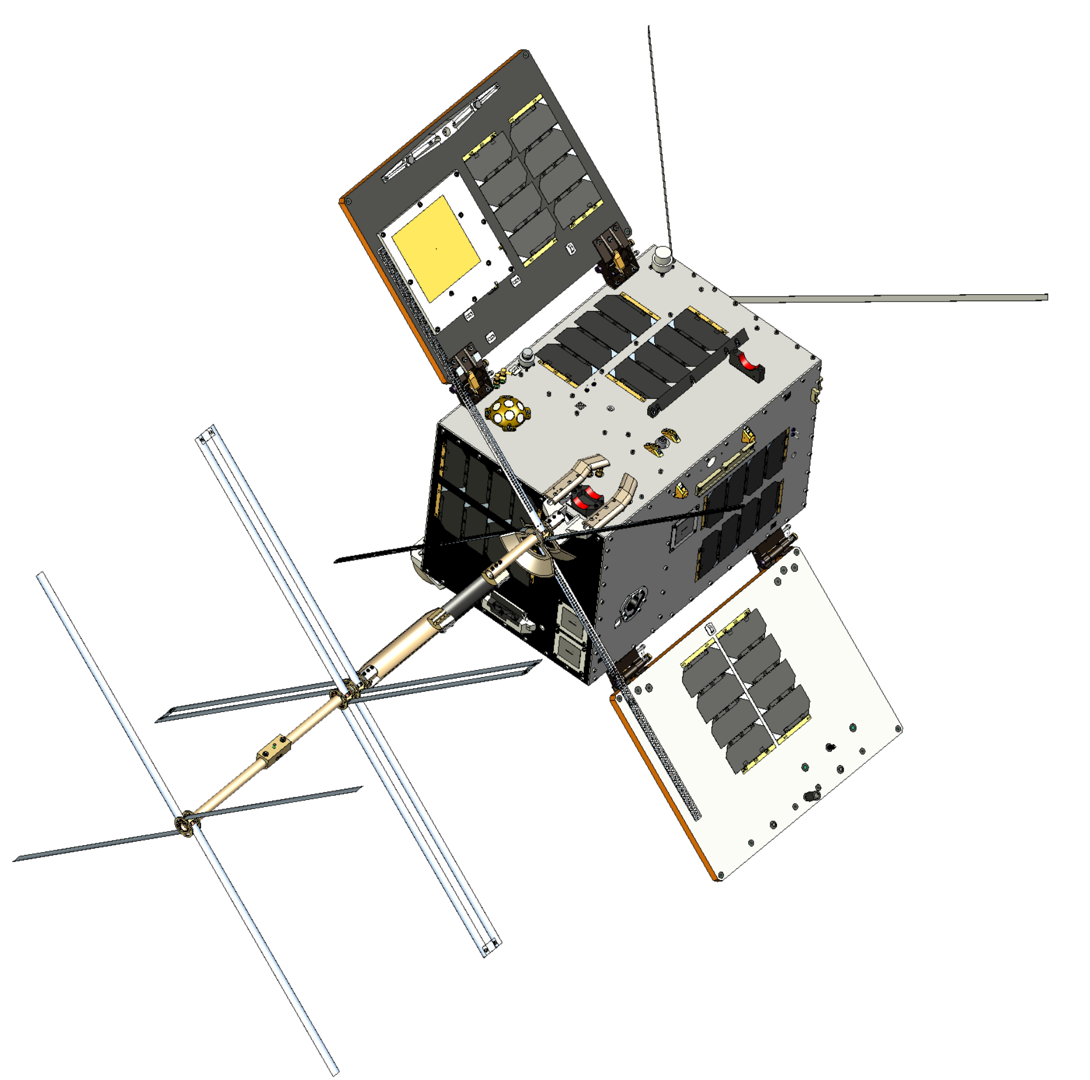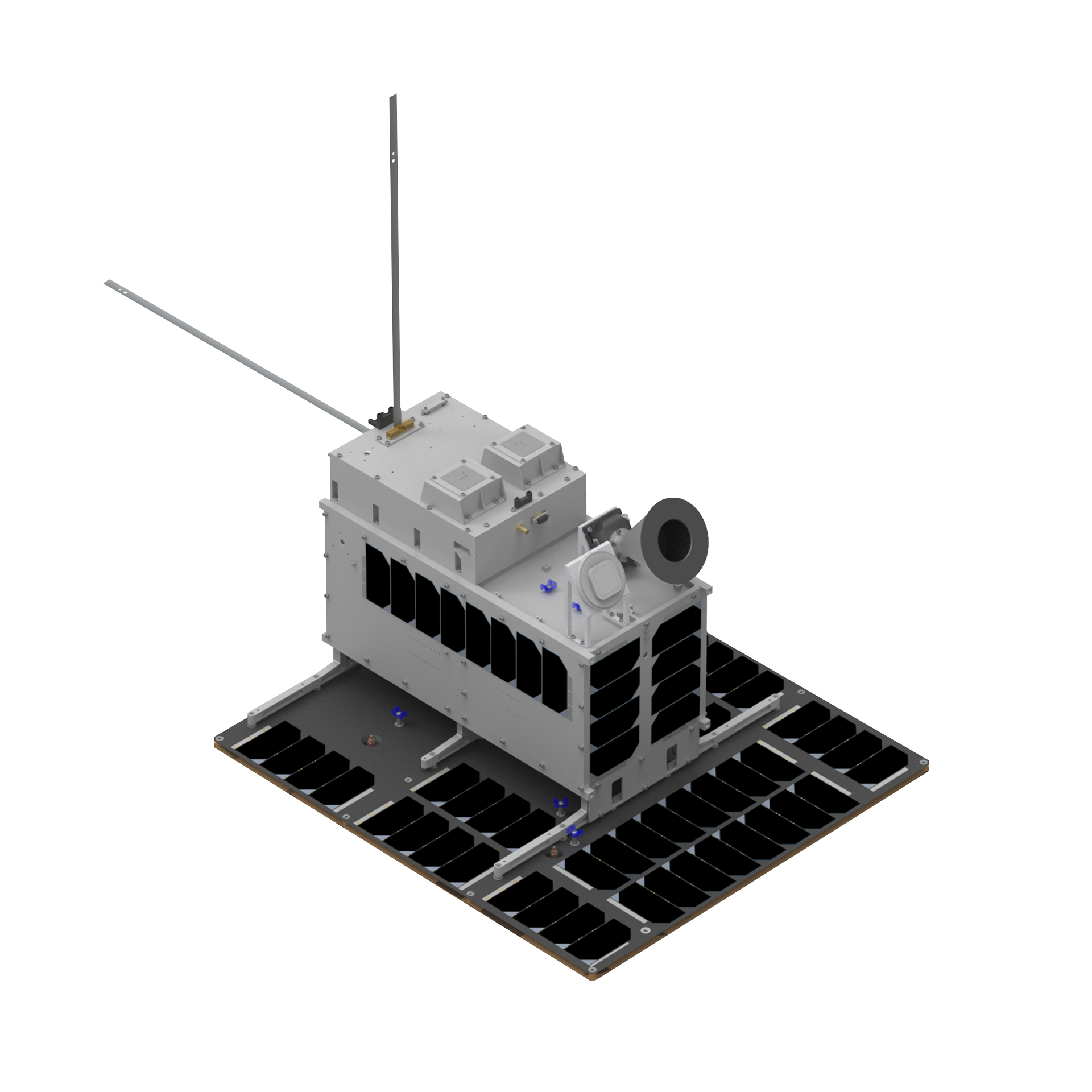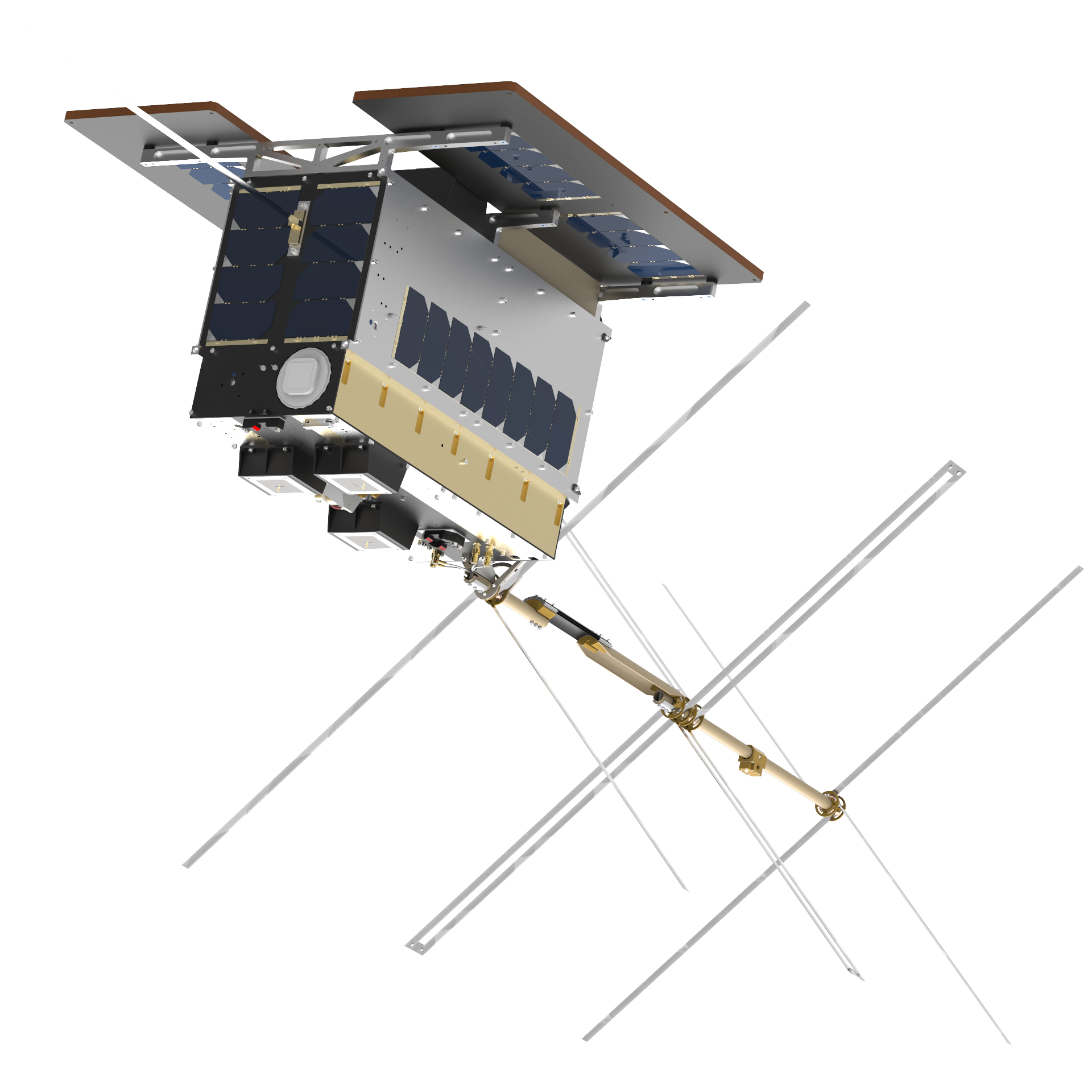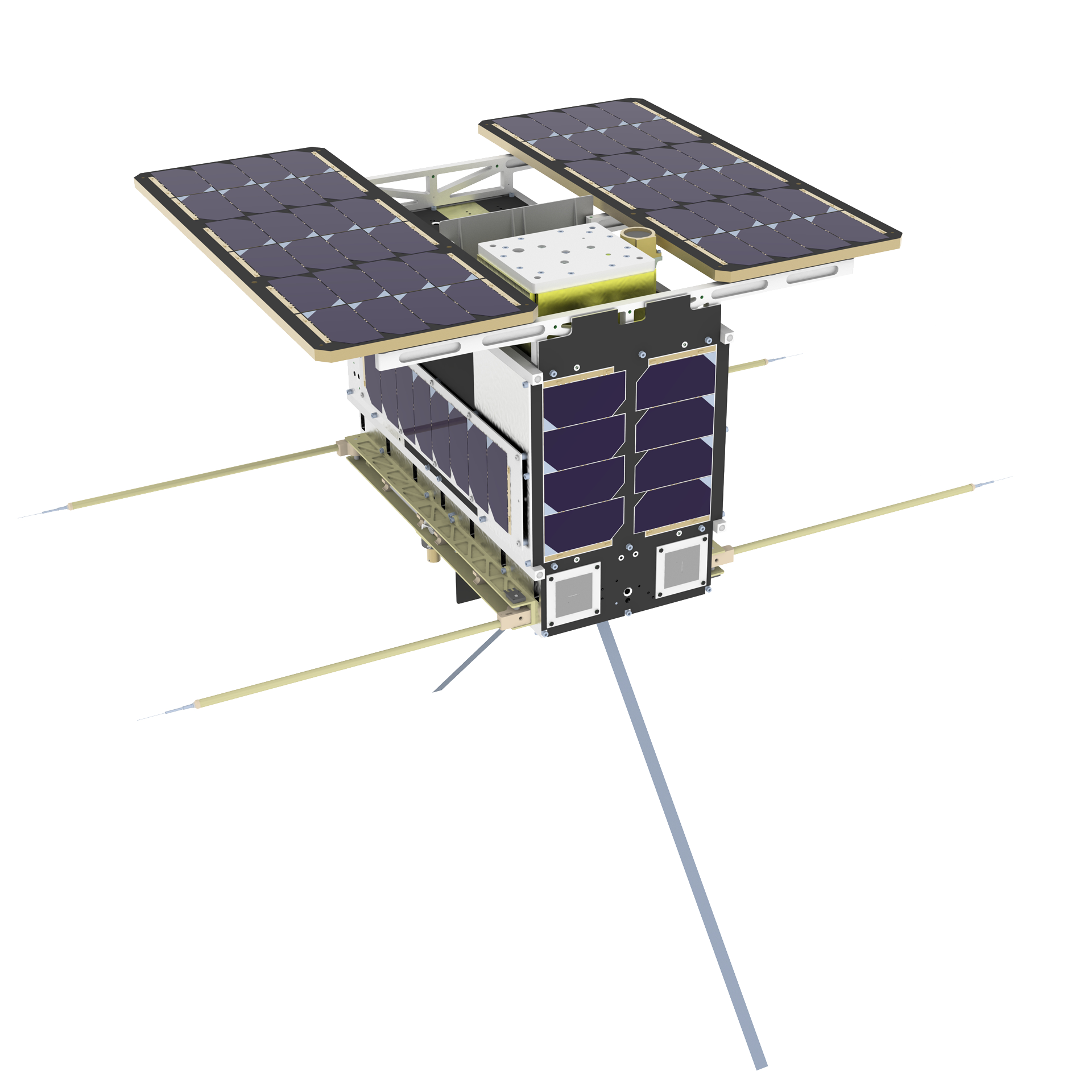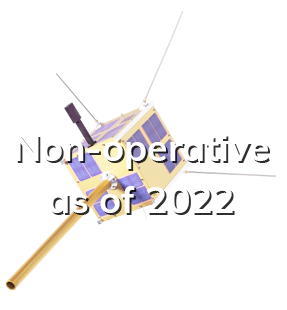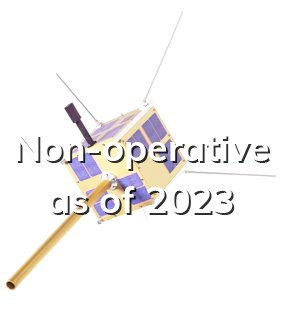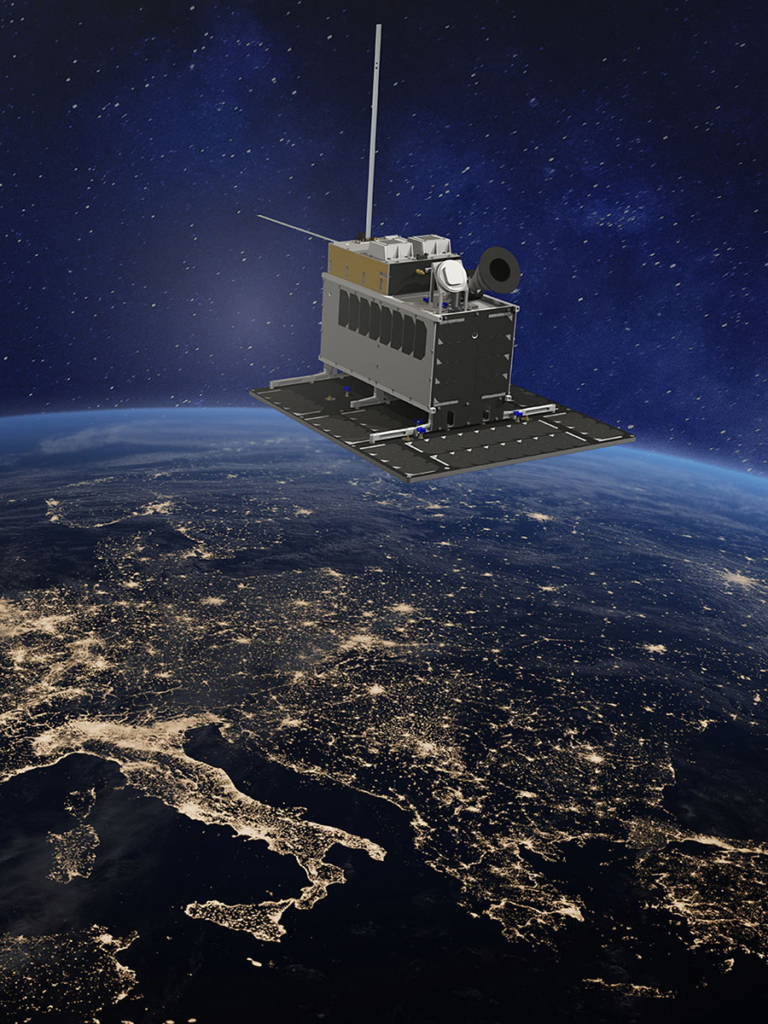
Statsat - a leading microsatellite environment
Micro satellites are small and cost-efficient satellites well suited for performing dedicated tasks. The Norwegian Government has defined space as a realm to be explored and developed for public Norwegian benefit.
As a means to achieve this Statsat was incorporated. Statsat is to provide cost-effective space-related services to organisations within the Norwegian government.
Per 2022 Statsat operates 5 satellites on behalf of the Norwegian Coastal Administration (NCA) and the Norwegian Space Agency. AISSat-1 and AISSat-2 have been under Statsat operation since May of 2015, with NorSat-1 and NorSat-2 added to the fleet in 2017. The latest, NorSat-3 was launched in April 2021.
In 2023 two additional satellites will be launched and come under Statsat operation, NorSat-TD and NorSat-4.
Statsat also led the work to establish NCA’s ground station for satellite communication at Vardø in Northern Norway. The ground station became operational in April 2015 and is the primary ground station for operating the satellites under Statsat control. The company is responsible for maintaining the ground station which is currently equipped with an S-band antenna and a UHF-antenna.
Statsat Control Center
The Statsat Control Centre is established at Skøyen in Oslo. From there all operations are managed including tasking and maintaining satellites and ground stations, as well as data handling.
The fleet of satellites is managed using a mission control system called DyST, short for Dynamic Satellite Tasking. DyST is developed inhouse at Statsat and Space Norway. The software is highly automated ensuring autonomous planning of missions for satellites, prioritizing ground resources and undertaking communication with the satellites. During passes DyST will task the satellites and download data from the onboard payloads. Also, during passes the health of the satellites is checked and any known error states are automatically corrected. Having operated the satellites for a number of years most error states are known to Statsat and have thus been programmed into DyST for automatic handling.
With DyST working as it does there is not need for 24/7 manual operator presence. Physically, there is normally no one present at the Control Centre. DyST will alert an on-call operator if manual intervention is required.
Automatic and manual functions
The mission control system DyST includes both automatic and manual functions. Some of these are:
Automatic functions
- Weekly planning of passes and ground station usage allocation
- Communication with Kongsberg Satellite Services (KSAT) requesting access to antennas at Vardø and Svalbard
- Planning and uploading of satellite commands
- Download of satellite data, both payload data and telemetry data from the satellite platforms
- Processing of downloaded payload data and forwarding according to end-user requirements
- Checking health of satellites, ground station and ground communication network
- Automatic error correction and event logging
Manual functions:
- Analysis functions
- Statistics
- System surveillance
- Visualisation tools for analysis an presentation purposes
- Manual control functions for error analysis, bug fixing and special operations
- Logging functionality
Satellites
The five satellites under Statsat operation and the two that are planned for 2023 all have one thing in common. They are equipped with AIS-receivers onboard. This means that they all contribute to the AIS-coverage of the Norwegian Coastal Administration (NCA).
The satellites are typical for smaller satellites that need to cover the northern most part of the hemisphere; they orbit Earth at an altitude of around 600 km (a so-called LEO or Low Earth Orbit), they fly in polar orbits close to the north and south pole, and they are designed for an operational life of up to 5 years (even though most operate longer than that).
Common to all the satellites is a focus on observation of the maritime domain. With vast oceans areas both within Norwegian sovereign waters and under responsibility of the NCA, there is a drive to develop observation and navigation capabilities by the use of satellites. Each of the satellites under Statsat control support this overall objective.
AISSat-1
AISSat-1 was launched from India in July of 2010 on board a PSLV rocket (Polar Satellite Launch Vehicle). It is a small satellite measuring only 20cm x 20cm x 20cm, plus antennas. It has performed far beyond life expectancy. As of July 2022, AISSat-1 is no longer operative. Statsat is still tracking the satellite in orbit.
AISSat-2
AISSat-2 is a copy of, and follow-up to AISSat-1 with only minor upgrades. It was launched from Baikonur in Kazakhstan in July of 2014. Externally it is identical to its forerunner and as with AISSat-1 it is tasked with providing AIS-surveillance coverage for the Norwegian Coastal Administration. Together the two satellites provided the initial operational AIS coverage sufficient to satisfy the NCA’s need for ship monitoring and tracking at sea beyond the reach of land-based systems.
Both AISSat-1 and AISSat-2 have a mass just shy of 10 kg.
NorSat-1 and NorSat-2
These satellites are a bit larger than the AISSats, measuring 20 x 30 x 40 cm and with a mass of around 17 kg. They were launched together in July of 2017 on a Soyuz rocket out of Baikonur in Kazakhstan.
The increased size allowed for additional payloads on these satellites. In addition to the AIS payload on board each, NorSat-1 carries two science payloads, one for the University of Oslo and one for the Swiss research institute PMOD in Davos. The NorSat-2 hosts the worlds first VDES payload (VHF Data Exchange). The VDES payloads is defined, developed, sourced and operated by Space Norway.
NorSat-3
On April 29th 2021 the NorSat-3 was launched on a VEGA launch rocket out of Kourou in French Guyana. It is based on the same satellite platform as NorSat-1 and NorSat-2. On board there is an additional payload defined and developed by the Norwegian Defence Research Establishment (FFI).
NorSat-TD
This satellite is planned for a January 2023 launch. As a test and demonstration mission it carries seven different payloads that are to be tested and space qualified for later commercial missions. All these payloads come from different organisations and companies both in Norway and around Europe. As with the other satellites it is a fully non-military satellite. NorSat-TD will demonstrate the next generation VDES transceiver, provided by Space Norway and built by Kongsberg Seatex.
NorSat-4
In Q4 of 2023 the NorSat-4 will be lifted to orbit. This is an earth observation test and demonstration mission testing a new payload for visual observation.
About Statsat
Statsat was incorporated in 2013 as a fully owned subsidiary of Space Norway AS. As a fully owned governmentally controlled company Statsat may take on tasks related to space activities on behalf on any governmental units and organisations in Norway. The Ministry of Trade, Industry and Fisheries controls Statsat and has defined the articles of association and is obliged to approve tasks and projects that Statsat undertakes for the government organisations.
One goal of Statsat is to establish and maintain a high competence environment capable of realising space and satellite projects for public use. The company focuses on providing cost-efficient services and is not to be a profit centre. Still, it is required to ensure sufficient project related funding to cover cost and break even.
The competence required to provide the services required cover both technical and operational aspects as well as sourcing competence, and covers both space and ground infrastructure.
The overall objective with Statsat is to provide a low threshold for public Norway to utilise new technologies and to utilise the possibilities that space provide.

